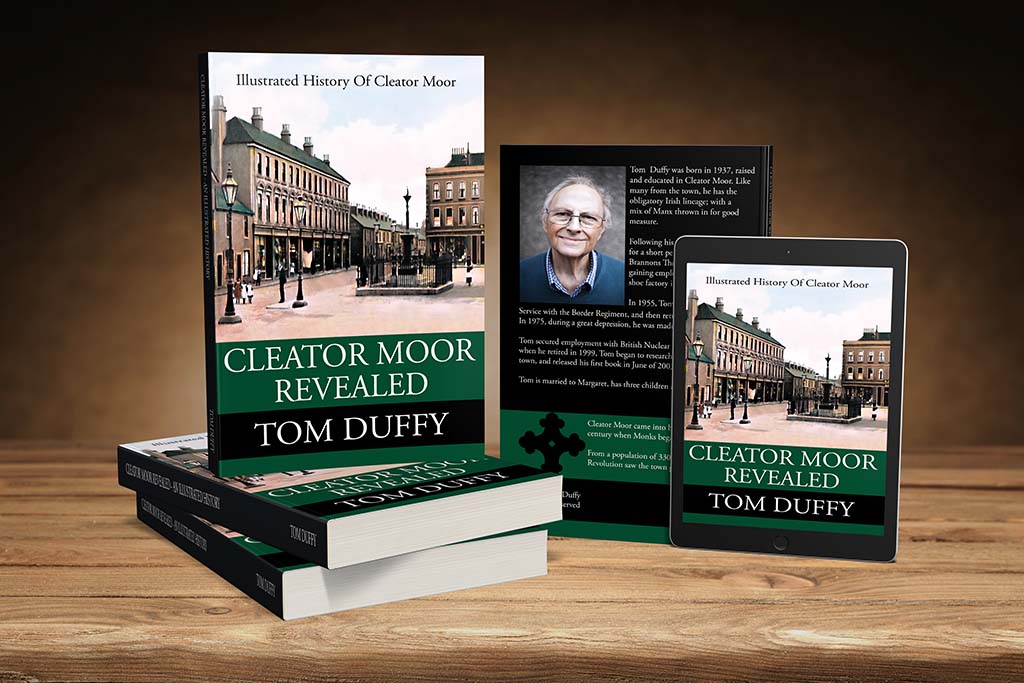Kinniside stone circle, at the foot of Blakely Moss is a lovely little stone circle on the edge of the Western Lakeland Fells. It is thought that the circle originates from the Bronze Age. This is one of the easiest of the Cumbrian circles to access sitting right by the roadside. The circle is 15 minutes from Cleator Moor by car.
This circle used to be omitted from Ordnance Survey maps. The reason seems to be that at the time of the early surveys, the Kinniside Stone Circle was non-existent, all stones having long been taken by a local farmer for use as gate posts and building materials.
Not long after the First World War, in 1925, Doctor Quine of Frizington "restored" the stone circle, setting the stones in concrete. Having cleaned out and measured the sockets in the ground in which the stones were originally set, he searched for and located twelve stones, and completely restored the site. It is doubtful that all the stones erected are original.
This circle has all the appearance of genuine antiquity. Eleven stones vary in height from 0.6 meters to 1.1 meters. It is a plain ring of 60 meters in diameter consisting of eleven stones set in concrete and a stone hole. There is a central cairn 5 meters in diameter and 0.2 meters high with a central depression.





